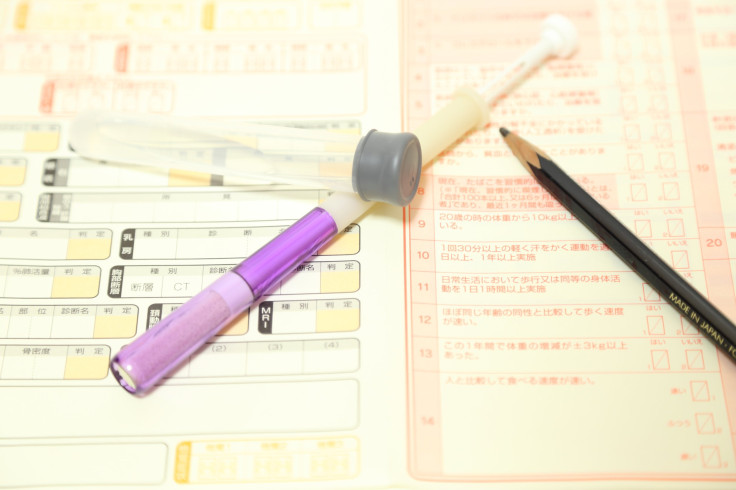Experts Clarify Best Intervals, Ages For Cervical Cancer Screening

(Reuters Health) - The American College of Physicians (ACP) has released best practice guidelines to reduce overuse of cervical cancer screening for average-risk women, including what ages screening should start, stop and how many years to wait between each test.
“Guidelines recommend not screening prior to age 21, screening no more frequently than every 3 years and ending screening among low-risk women,” said Dr. George F. Sawaya of the University of California, San Francisco Center for Healthcare Value, who coauthored the new guidelines.
Low-risk women do not have a history of previous precancerous lesions or cervical cancer, an HIV infection, previous organ transplantation or uterine exposure to a synthetic estrogen called diethylstilbestrol.
For those without these risk factors, the ACP recommends screening for abnormal cells, called cytology, with a cervical scrape (Pap smear) every three years starting at age 21.
At age 30, this can be combined with a human papillomavirus (HPV) test and performed every five years until age 65. After 65, cervical cancer screening should stop if the woman has had two consecutive negative cytology and HPV tests or three negative Pap smears in a row.
If a woman has a hysterectomy with removal of the cervix, she should no longer be screened for cervical cancer, regardless of age, the ACP guidelines committee writes in the Annals of Internal Medicine.
The guidelines, which are supported by the American College of Obstetricians and Gynecologists and the American Society for Clinical Pathology, are not new, but this continues to be a confusing issue for doctors and women, according to Dr. Mark Schiffman of the National Cancer Institute in Bethesda, Maryland.
Overscreening average-risk women can cause discomfort with speculum examinations, pain and bleeding with cervical biopsies and excisions, and false positive results, which would lead to further inappropriate testing, the authors write.
Surgical excisions of the cervix that are used to treat HPV infection carry a small risk of cervical rupture, early birth or miscarriage during pregnancy, Schiffman said. Another important consequence of overtesting is patient anxiety and fear, he said.
“Cervical cancer is caused almost entirely by a dozen or so strains of HPV,” Schiffman told Reuters Health.
New HPV infections almost always go away without causing lasting damage within a couple of years, so finding new infections and doing something about them can be premature, especially for very young women, as the HPV vaccines become more common, he said. The national rate of cervical cancer among women under age 25 is vanishingly small, he said.
It is also extremely rare to acquire a new HPV infection that progresses to cancer after age 65, he said.
“We have a tradition of annual screening in the U.S. and clinicians and women have been fairly resistant to less-than-annual testing,” Sawaya told Reuters Health by email.
“Women have not been well informed about the benefits and harms of overscreening,” he said. “Guidelines recommending less screening have been viewed suspiciously as a cost-saving measure rather than an attempt to strike a better balance of benefits and harms.”
Old habits, like yearly screening, die hard, Sawaya said.
“Screening is now maldistributed,” Schiffman said. “Some women get way too many screens in their lifetime and are reluctant to back away from screening.”
Screening for cervical cancer every year is like taking your blood pressure or cholesterol level every half hour, he said. “There’s an interval to things.”
While cervical cancer screening is often overused in the U.S., in other countries it is more often underused and these guidelines may not always apply, he noted.
SOURCE: http://bit.ly/1HUvuh9 http://bit.ly/1AlmStJ Annals of Internal Medicine, online April 30, 2015.
(By Kathryn Doyle)



























